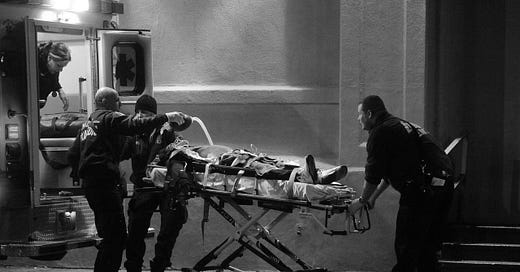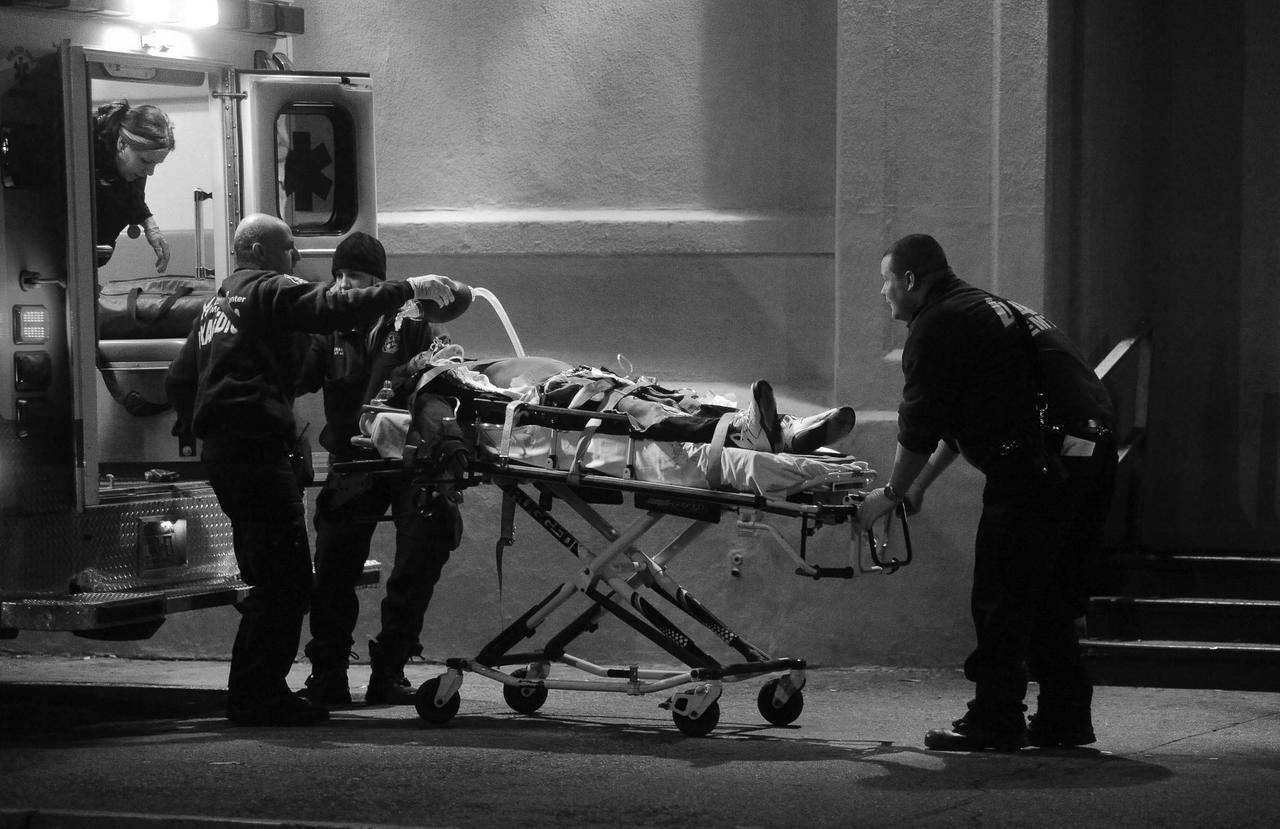A Photographer on a Shooting Spree
From police shootouts and car chases to grieving families and bridge jumpers, one fast-moving photojournalist on the art of the perfect shot.
Keep reading with a 7-day free trial
Subscribe to Narratively to keep reading this post and get 7 days of free access to the full post archives.




